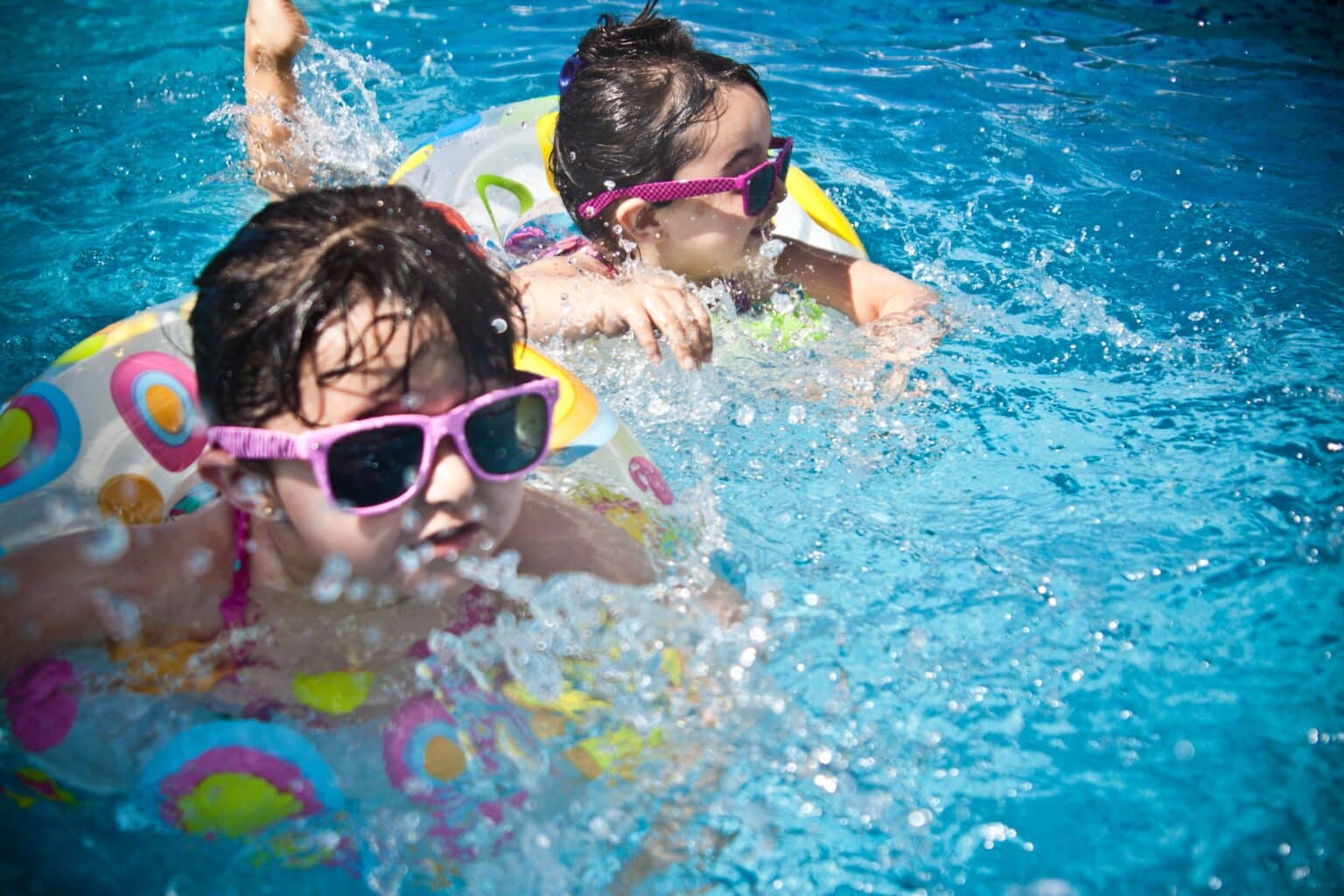One of the best ways to escape the heat this summer is to go for a swim. However, one consequence of swimming, especially for children with pre-existing ear issues, is an infection known as swimmer’s ear.
Swimmer’s ear happens when water gets trapped in the ear, and bacteria grow, infecting the outer ear canal.
Certain earplugs can help reduce the risk of developing a swimmer’s ear. Let’s look at what options may work best for you and your family.
Custom Earplugs

Custom earplugs can be ordered through an ENT specialist or hearing care professional. They come with many advantages, including that they are:
- Made from higher quality material than store-bought earplugs
- Comfortable because they are custom-made to fit your ear
- Reusable and washable
Also, because you need to purchase these through a healthcare professional, you can ask them any questions and provide them with information to ensure you get the best earplugs for you or your child.
Store Bought Earplugs
Custom earplugs will likely provide a superior experience, but they are not as convenient to get as earplugs that are available online or at most pharmacies in Colorado. Additionally, store-bought earplugs are inexpensive and easy to replace if you lose them. They also tend to come in bright colors, which makes them easier to locate if they fall to the bottom of the pool.
These don’t tend to fit as well as custom earplugs and are not usually washable, which means they are less hygienic and need to be replaced after one or two uses. However, silicone store-bought plugs can be washed and reused.
Research has found that soft silicone earplugs were the most effective in preventing water penetration. So, if you’re going with earplugs from a store, silicone may be the superior choice.
Don’t Use Foam Earplugs
Store-bought swimmer’s earplugs are made of silicone or putty. These are not the foam earplugs that people use for noise cancellation or to help them sleep. These will not block out water and offer no protection against swimmer’s ear.
What Are the Symptoms of Swimmer’s Ear?
Symptoms of swimmer’s ear are somewhat different than those of a middle ear infection. They include:
- Redness and swelling of the outer ear and the canal
- Itching and irritation
- Earache
- Fullness in the ear
Visit an ENT specialist if you or your child has signs of swimmer’s ear, as it needs to be treated with antibiotic ear drops in most cases.
Bottom Line
Don’t let a swimmer’s ear put a damper on your summer. Use swimmer’s earplugs the next time you and your family visit the Lake Arbor Center and Outdoor Pool to help prevent infection.
For more information or to schedule an appointment, call the experts at Advantage ENT & Audiology today.